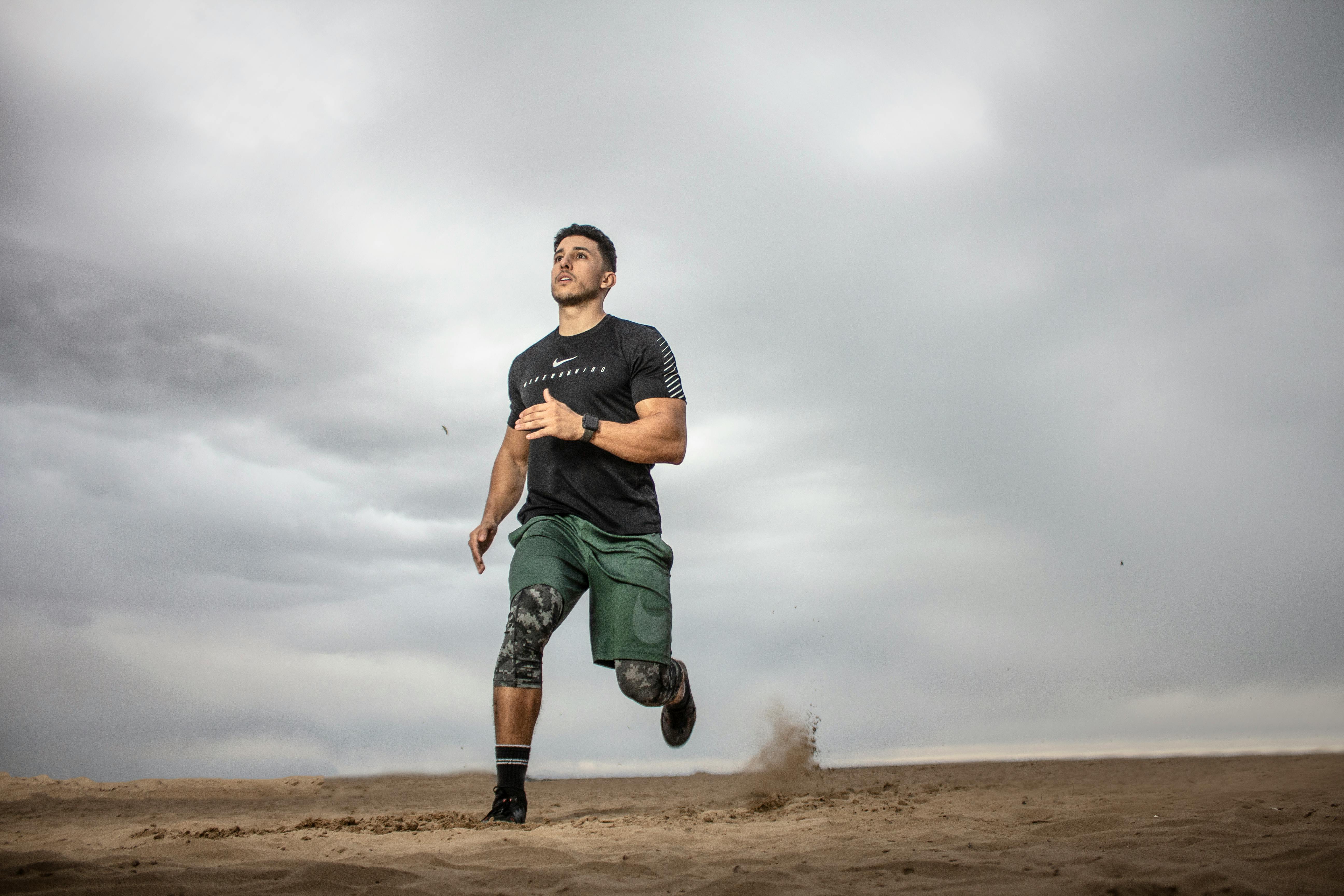
Top Outdoor Fitness Activities for Adventurous Workouts
Trading concrete sidewalks for winding forest trails brings a refreshing change to your fitness routine. Fresh air, open spaces, and a few basic pieces of equipment allow you to challenge yourself in new ways without needing a gym. Whether you’re navigating rocky paths or running beneath a canopy of trees, outdoor activities add a sense of excitement while helping you build strength and improve your outlook. The natural surroundings encourage you to move with purpose, and every step through the wilderness offers a rewarding blend of physical challenge and mental clarity.
Advertisement
These workouts adapt to varied fitness levels. Beginners will feel the thrill of conquering new terrain, and seasoned athletes will welcome the challenge of uneven ground or changing weather. Follow expert tips, pick the right gear, and you’ll turn every hike, paddle, or climb into a full-body session that leaves you stronger, sharper, and more alive.
Benefits of Outdoor Fitness
- Enhanced Cardiovascular Health: Moving uphill or against wind resistance raises your heart rate higher than flat-ground exercise.
- Improved Mental Clarity: Natural settings lower stress hormones and boost endorphins, leaving you mentally refreshed.
- Full-Body Engagement: Balancing on uneven surfaces works stabilizer muscles, while activities like paddleboarding target core and arms.
- Vitamin D Boost: Sunlight exposure helps maintain healthy bones and supports immune function.
Changing scenery keeps motivation high. When your path varies daily—rock ledge today, riverbank tomorrow—you avoid workout boredom. You’ll clock more minutes without feeling like you’re in a treadmill rut.
Outdoor workouts tend to feel easier, even when they challenge you. That perception gap helps you push longer and return consistently, turning a one-off adventure into lasting healthy habits.
Top Adventure Activities
- Trail Running
Select singletrack paths with roots and rocks to build agility. Wear trail shoes with aggressive treads for grip. Start with two-mile loops, increasing distance by 10% each week.
- Rock Scrambling
Find routes rated 1 to 3 (easy to moderate). Use chalk or climbing gloves to grip better. Practice foot placement on boulders before tackling cliff faces.
- Paddleboarding
Stand-up paddleboarding on lakes tests balance and core strength. Rent a wide, stable board from *REI* or *Decathlon* to begin. Increase stroke rate to elevate your heart rate.
- Mountain Biking
Choose trails with rolling hills and occasional jumps. Lower tire pressure by 5 PSI for better traction on rocky sections. Focus on body position: elbows out, hips back.
- Kayak Touring
Flat-water tours stretch back and arm muscles. Use a high-backed seat to maintain good posture. Plan loop routes under two hours if you’re new to paddling.
Each activity combines fun with fitness. Pick one that excites you and fits the local terrain. You’ll find new challenges around every bend.
Set specific goals—complete a 5K trail run, reach a nearby crag, or paddle two miles without stopping. Concrete targets motivate progress more than vague intentions.
Safety and Preparation Tips
Scout routes in advance. Use apps like *AllTrails* to check trail difficulty, elevation gain, and recent user reports. Study weather forecasts so you avoid unexpected storms or heat waves.
Carry a basic first-aid kit—adhesive bandages, blister pads, antiseptic wipes, and a small roll of athletic tape. Blisters and ankle twists happen quickly on uneven ground, and quick care keeps you moving.
Tell someone your plan. Share your route, expected return time, and emergency contacts. This habit keeps you safe if you get lost or injured on remote trails.
Stay hydrated and fueled. Electrolyte tablets help replace salts lost through sweat. Pack trail mix with nuts and dried fruit for a quick energy boost during longer treks.
Essential Gear and Equipment
Invest in moisture-wicking clothing. Fabrics that pull sweat away from your skin prevent chills when the temperature drops. Look for lightweight layers you can add or shed as conditions change.
A reliable backpack keeps essentials organized. Choose one with padded straps and a ventilated back panel to reduce sweat buildup. Include compartments for water, snacks, and safety items.
Footwear matters. Trail runners, hiking boots, or water shoes should fit snugly without pinching. Break them in with short outings to avoid painful hotspots later.
Use sun protection: wide-brim hats, polarized sunglasses, and reef-safe sunscreen. Even on cloudy days, UV rays reach your skin, so applying SPF 30+ prevents skin damage.
Sample Outdoor Workout Plans
- Beginner Trail Circuit
Walk one mile on a gentle trail, jog half a mile, perform three sets of step-ups on a fallen log (12 reps each leg), finish with a half-mile jog and one-mile walk back.
- Intermediate Climb and Core
Scramble for 30 minutes on a moderate boulder field, rest five minutes, then complete three sets of 15 mountain climbers, 12 push-ups, and a one-minute plank.
- Cardio Paddle Blast
Paddle flat water for 20 minutes at moderate pace. Then, increase to sprint strokes for 30 seconds, rest 30 seconds—repeat five times. Finish with a 10-minute cooldown paddle.
- Bike and Bodyweight Combo
Bicycle downhill trail for 10 minutes, dismount and do 20 squats, 15 lunges per leg, and 10 tricep dips on a park bench. Repeat the cycle three times.
Adjust duration or intensity based on your fitness. Track your times and reps to see progress and stay motivated.
Change your workout routines regularly to prevent plateaus. Combining biking, climbing, running, and paddling offers a well-rounded mix of strength, endurance, and agility training.
Getting outside makes exercise an adventure that builds strength and confidence. Grab your gear, choose a route, and turn fresh air into your next workout.
Advertisement